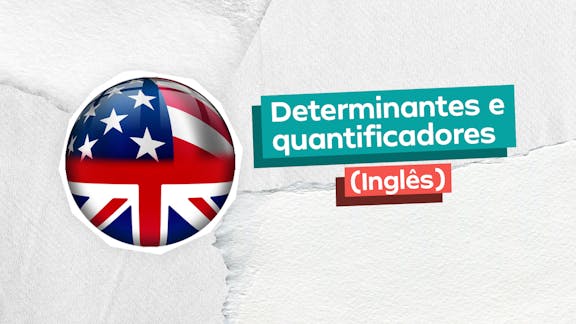Mark the proverb which best represents the Text 3.
The Mice In Council
One day a group of mice decided to call a meeting to see what they could do about the cat
which was always trying to catch them. They talked about lots of plans but none of them
seemed like they would work. At last, a young mouse got up and said that a bell should be hung
around the cat's neck so all the mice would be able to hear when he was coming closer. All the
mice thought this was an excellent idea. However, an older mouse got up and spoke, "This is a
really good idea but who is going to tie the bell around the cat's neck?"
Avaiable at: www.johnmh.com/advreaidngs. Acessed on 22/08/16.
Answer the question below, according to the Text 3.
The Mice In Council
One day a group of mice decided to call a meeting to see what they could do about the cat which was always trying to catch them. They talked about lots of plans but none of them seemed like they would work. At last, a young mouse got up and said that a bell should be hung around the cat's neck so all the mice would be able to hear when he was coming closer. All the mice thought this was an excellent idea. However, an older mouse got up and spoke, "This is a really good idea but who is going to tie the bell around the cat's neck?"
Avaiable at: www.johnmh.com/advreaidngs. Acessed on 22/08/16.
Answer the question below, according to the Text 3.
Gabarito comentado
Resposta correta: D — It is easier said than done.
Tema central: identificar o provérbio que melhor sintetiza a moral de um texto curto (fábula). Exige compreender a ideia principal e a intenção final do autor: aqui, uma boa proposta enfrenta a dificuldade prática de sua execução.
Resumo teórico: Proverbios resumem uma lição geral. Para escolher o mais adequado, localize a ideia-núcleo do texto (atenção ao desfecho) e compare com o sentido de cada provérbio. Em fábulas, a moral costuma estar na última fala/atitude.
Justificativa da alternativa D: A fala final — que reconhece a boa ideia mas questiona quem a executará — revela que propor é fácil, agir é difícil. Isso corresponde exatamente ao significado de "It is easier said than done" (é mais fácil falar do que fazer). A correspondência entre problema (bom plano) e obstáculo prático (ninguém disposto a realizá‑lo) é direta e típica de fábulas como as de Aesop's Fables.
Análise das alternativas incorretas:
A — "Nobody believes a liar even when he tells the truth.": fala sobre credibilidade; nada no texto indica que há mentira ou perda de crédito.
B — "Like father, like son.": trata semelhança de comportamento entre gerações; não há relação familiar ou repetição de atitudes no enredo.
C — "Two wrongs don´t make a right.": refere‑se a retaliação ou resposta injusta; o texto não apresenta vingança nem justificativa moral desse tipo.
E — "Keep your friends close and your enemies closer.": aconselha estratégia de proximidade com inimigos; a proposta do texto é prender um sino no gato, não aproximação estratégica.
Estratégias práticas para provas:
- Leia até a última linha: a moral costuma aparecer no final.
- Procure palavras-chave que mostrem conflito entre ideia e ação (ex.: "but who is going to...").
- Compare o sentido literal do provérbio com a situação do texto — descarte provérbios com temas claramente diferentes (credibilidade, família, vingança, estratégia).
- Em provas, prefira a alternativa que expressa a LIÇÃO GLOBAL, não apenas um detalhe.
Fonte recomendada: coletânea de fábulas de Esopo (Aesop's Fables) para treino de identificação de moral e provérbios.
Gostou do comentário? Deixe sua avaliação aqui embaixo!






